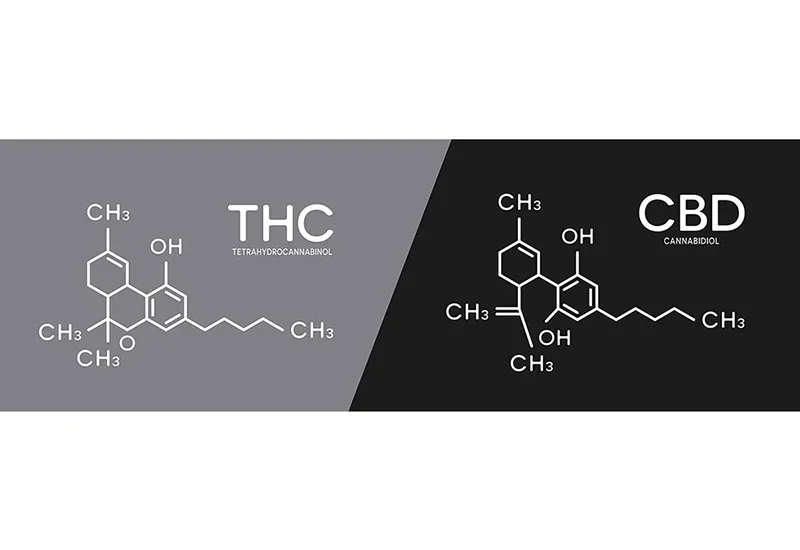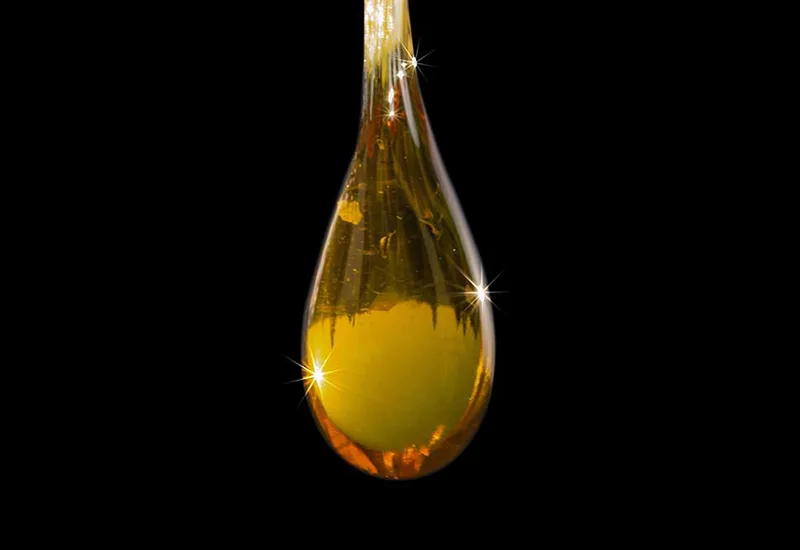- 236 route du Goulet, 38960 Saint-Étienne-De-Crossey
- +33 (0)6 63 10 67 84
- contact@ds-company.fr

Cannabidiol, also known as CBD, is a molecule found in the hemp plant (Cannabis Sativa L).
The hemp plant, domesticated over 6,000 years ago in China, produces over 400 organic compounds. The two main groups of molecules with bioactive properties in hemp are terpenes and cannabinoids – CBD belongs to the latter category.
Cannabinoids, the molecules found in the Cannabaceae, were only discovered at the beginning of the 20th century. THC and CBD are the two cannabinoids that have generated the most research. CBD was first extracted from the hemp plant around 1940. It wasn’t until the 1960s that studies were carried out on the composition of cannabinoids to explore the use of cannabis molecules(CBD, THC) in pharmacology. For years, numerous clinical trials have been conducted, highlighting the health benefits of CBD. Initial studies have shown its positive effects on anxiety and pain.
Cannabinoids are compounds that influence the human nervous system through the endocannabinoid system (ECS). The hemp plant contains dozens of cannabinoids, THC, CBD and CBG being the most common. They differ in their chemical structure and effects.
While beneficial for general well-being, cannabidiol lacks the psychotropic properties of its cousin, THC.

Both are cannabinoids derived from hemp plants (Cannabis Sativa L). The main difference between CBD and THC is that CBD doesn’t produce a high or altered state of consciousness, and is not psychotropic.
CBD is legal in most countries, whereas THC is mostly considered a narcotic, particularly in France.
Surprisingly, CBD has the potential to limit the psychotropic effects of THC by reducing its ability to bind to CB1 cannabinoid receptors.
Cannabidiol or CBD is not a psychotropic product and is in no way a substitute for cannabis. Unlike cannabis, which is concentrated in THC, CBD is not addictive.
CBD has no euphoric effects, and does not induce anxiety, pathological states or addictive behaviors in users, as THC can. So there’s no danger in consuming CBD. CBD does not cause intoxication, and the only potentially undesirable effect is sedation (severe fatigue), which can occur with high consumption.
Cannabidiol has beneficial effects with real therapeutic benefits and no side effects.
The therapeutic effects of Cannabidiol are increasingly recognized, but unfortunately we can’t talk about them here, as all advertising claiming therapeutic virtues is forbidden, with the exception of drugs which have been granted marketing authorization by the ANSM.
We’ll confine ourselves to talking about well-being, pleasure, bodily relaxation, psychic soothing, relaxation, physical and psychological harmony, and the quality of being present to oneself. However, we do not recommend its use by minors or pregnant women. Also, people undergoing medical treatment are required to discuss this with their doctor before taking our products. Our products are no substitute for medical treatment.
However, cannabidiol is a psychoactive molecule (and not psychotropic like its cousin THC), so it acts on the nervous system and considerably reduces sensations such as pain, anxiety or stress, provoking relaxation and an immediate feeling of general well-being in the consumer. Choosing to use CBD means moving from the status of consumer to that of consumer-actor, fully responsible for his or her own health and committed to a holistic approach to overall well-being.
E-liquid, oil, infusion, candy, capsules, cosmetics, cannabidiol is produced and sold in a multitude of forms.
So there are several ways to consume CBD depending on the product made from the molecule:
Cannabidiol ‘s beneficial effect is due to its solubility in lipids, as it scrambles nerve cell signals responsible for pain or stress. To take full advantage of CBD’s effects, it’s best to mix this molecule with high-fat liquids such as oil. That’s why using CBD in oils, creams or e-liquids is ideal. Of course, consumption in its pure form for infusions, for example, is also recommended. CBD is perfectly suited to inhalation use. It is absorbed directly by the lungs, so its properties are rapidly released into the bloodstream. That’s why it’s now available for vaping.

There are various solvent-based extraction methods (ethanol, butane etc.), but the latest extraction technology (CO2 SUPERCRITIC) is by far the best for extracting cannabidiol from the plant.
After heating and pressurizing the carbon dioxide (above 31°C and 73 bar), it reaches the supercritical range:
an intermediate state, almost as dense as a liquid, with transport properties (viscosity, diffusion) close to those of a gas.
CO2 is often used by professional laboratories for the high purity of the product obtained, no doubt due to the fact that it is the solvent that leaves the least residue during extraction. The disadvantage of this method is the heavy financial investment required to acquire the laboratory equipment needed to perform the extraction. Only a handful of producers are equipped with this technology, and we have chosen them for our products, with the aim of offering you pure cannabidiol. Our cartridges and OILS are produced using this technique, to guarantee quality cannabidiol.
In addition to the extraction method, which we have validated ourselves, we wanted to emphasize the quality of the raw material. At DS COMPANY, we only work with growers who do not use pesticides, GMOs or other chemicals. Once again, choosing DS Company products means committing to an ethical and responsible approach to consumption, while taking full responsibility for your health.